When Denis Law signed for Manchester United in 1962, he was walking into the changing room when he heard a familiar lilt.
And, as he turned round, teenager Ian Moir moved towards him and said in a north-east Scottish accent: “It’s a great honour to meet you Mr Law. I’ve been following your career ever since I was playing up in Powis.”
Denis, three years his senior, immediately began reminiscing about his own fledgling football steps in the Granite City and the duo formed a close bond.
Two careers took different paths
But, whereas the Lawman went on to enjoy fame and fortune at Old Trafford and with Scotland, winning the Ballon d’Or in 1964, his compatriot’s travails showed the wafer-thin margins which can make or break sporting careers.
Signed by Sir Matt Busby in the aftermath of the grievous Munich air crash in 1958, Moir had started to establish a reputation as a pacy winger, capable of exciting the Old Trafford crowd, after making his debut at just 17 in 1960.
Yet, injury problems haunted him throughout his spell in Manchester and the worst example happened when he was included in the programme for the match against West Bromwich Albion in September 1963.
Sadly – for him – he had to withdraw at the last moment. Happily – for football – that offered an opportunity to a 17-year-old with bags of potential. And thus, while the unfortunate Moir was sidelined, George Best made his league debut, the Stretford End thrilled to his trickery, and a new hero had arrived.
The remarkable thing is the speed with which Moir rose to prominence while combining his education with playing for Powis and Aberdeen’s youth set-up.
The Press and Journal reported in October 1958 on how he had been invited to Old Trafford and left with a choice to make about his future.
It said: “Ian Moir, the 15-year-old Aberdeen schoolboy, who came home last night after spending three weeks as a guest of Manchester United, has spoken of how he will decide what is a big decision for the talented youngster.
He thought a lot of Busby
“Moir was very impressed with the training methods of the English club and said that Matt Busby was ‘like a father’ to all the youngsters there.
“However, he confirmed he will have another talk with the Dons manager, David Shaw. Before he went south, he was a member of the Wednesday evening coaching school at Pittodrie and had made a positive impact.
“Aberdeen would surely wish to keep the player on their books, given the potential he has shown in recent months. But it looks as if the Dons boss will have a big job on his hands to persuade the lad to stay in Scotland.”
It didn’t take long for Moir to resolve the issue. But when the news broke that Manchester United had signed him up and offered him further education at a technical college, it provoked an angry reaction from some in Aberdeen.
These included P&J sports editor James Forbes who argued that far too many quality kids were being lured away from the north-east at a tender age – and when you consider these included Law, Moir and John Fitzpatrick, who had all gone to Old Trafford, while Ron Yeats and George Scott joined the ranks at Liverpool, it was clear to many Dons supporters that he had a point.
Forbes wrote: “Ian Moir’s decision to join Manchester United in preference to Aberdeen is another reminder of the advantages which English League clubs have over their Scottish rivals in the matter of attracting young players.
“Denis Law’s appearance in the Scottish national side at the age of 18 after graduating through several tiers to Huddersfield’s first team is a case in point.
“Had Law decided to stay in his home town, he would not have had the same opportunity to develop his talents. Until Scottish rules are amended to allow clubs to sign boys at an early age, and allow them to make progress in a junior team, the ongoing drift to the south will not be stopped.”
However, it was one thing to be tempted by high-profile clubs; another matter entirely to gain regular first-team football and the chance to advance.
And while Law soared into the stratosphere, Moir found life a lot tougher.
He had no shortage of potential or attacking gifts and Roy Cavanagh, who has written several books about the Red Devils in that halcyon Busby period told me he had been at Moir’s debut against Bolton Wanderers in October 1960 and recognised the Scot was a “fine, fast player” from the outset.
But although the youngster glittered on several occasions during his four years at the club, he only made 45 appearances in that time, which was down to a combination of circumstances, not least injury and the transformation which the manager had overseen following the Munich tragedy.
In the end, despite his efforts, there was only going to be one outcome after Best began weaving his mesmerising magic in the company of Law and Bobby Charlton. Which was why Moir left Old Trafford to join Blackpool in the 1964-65 league campaign as he attempted to gain more time on the pitch.
Thereafter, his cv reads like the sporting equivalent of a slow puncture – a story of expectation turning to deflation. There were 61 appearances at Blackpool and 25 at Chester as the prelude to him spending four years and playing 150 times for Wrexham before a short stint with Shrewsbury Town.
At 32, he even embarked on a trip to South Africa to join the wonderfully-named Arcadia Shepherds, but soon returned home to finish his career in Britain with non-League outfits Oswestry Town and Colwyn Bay.
Some people might even imagine he would have fared better if he had stayed in Aberdeen – but few turned down Busby when Sir Matt came calling.
And he did leave indelible marks wherever he ventured.
There were heartfelt tributes paid to him in Chester, for instance, after his death from cancer at the age of 71 in 2015. The club said: “The popular Aberdeen-born winger only played 25 league games, but made a huge impact in this short period and will always be fondly remembered by Blues fans.
“Ian made his debut in the opening game of the 1967-68 campaign, against Notts County, and was the shining light in a team which was struggling in the relegation zone. Such was Ian’s influence that, when he left, only two points were picked up from the next eight games.
“It is impossible to find anyone who didn’t warm to his infectious enthusiasm and he was one of the most likeable people you could hope to meet.”
Ivan Ponting, who chronicled the Scot’s peripatetic life, recalled: “To watch Ian Moir on Manchester United’s training pitch was to savour an irrepressible artist in all his impish glory.
“In practice sessions, the slim Aberdonian could manipulate a football with all the deftness and wit of his clubmate and fellow winger George Best, leaving international defenders helpless in his wake.
“Ian could captivate and he could infuriate, but he can be remembered warmly as a happy footballer who brought sunshine into the game.”
That’s not a bad legacy, is it!
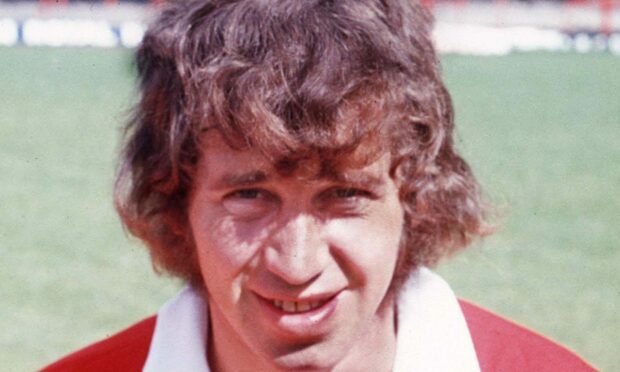
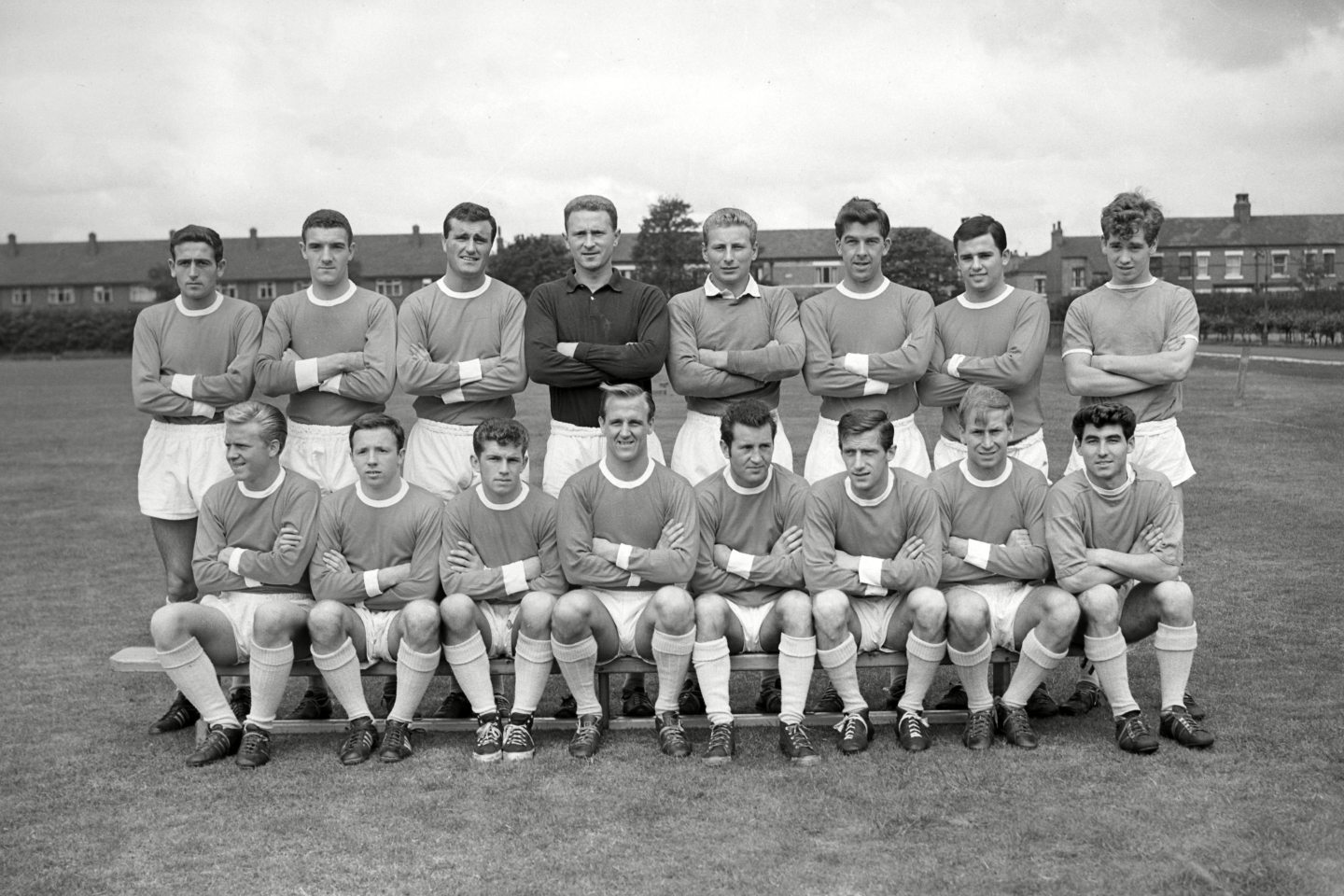
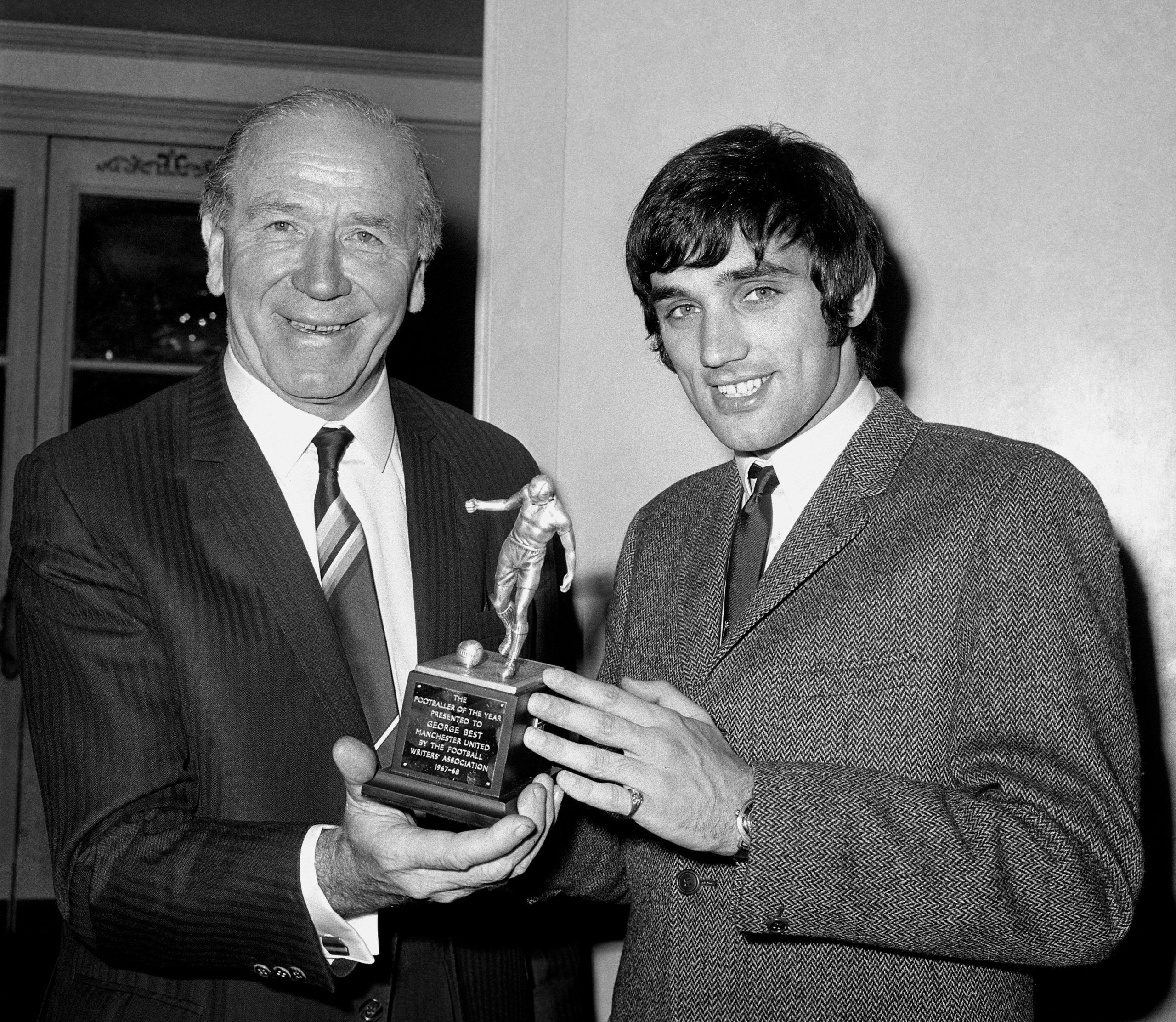
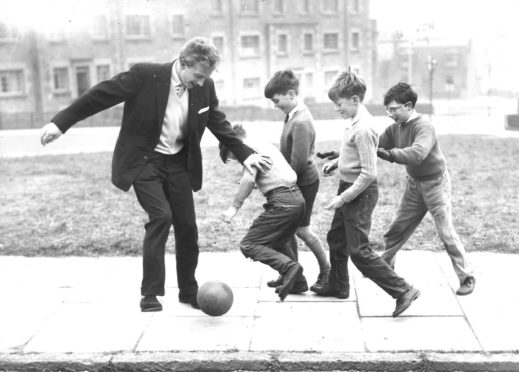
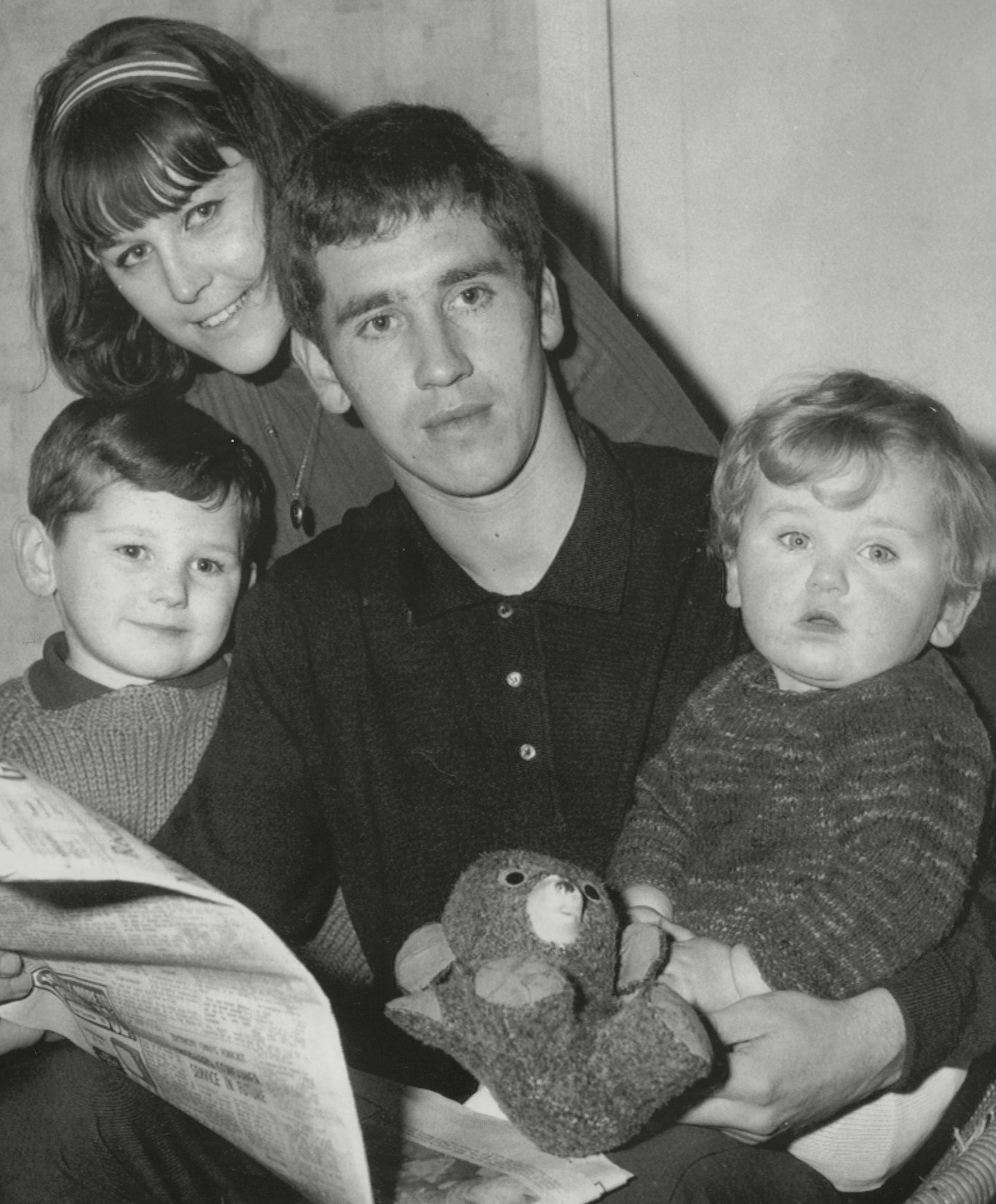
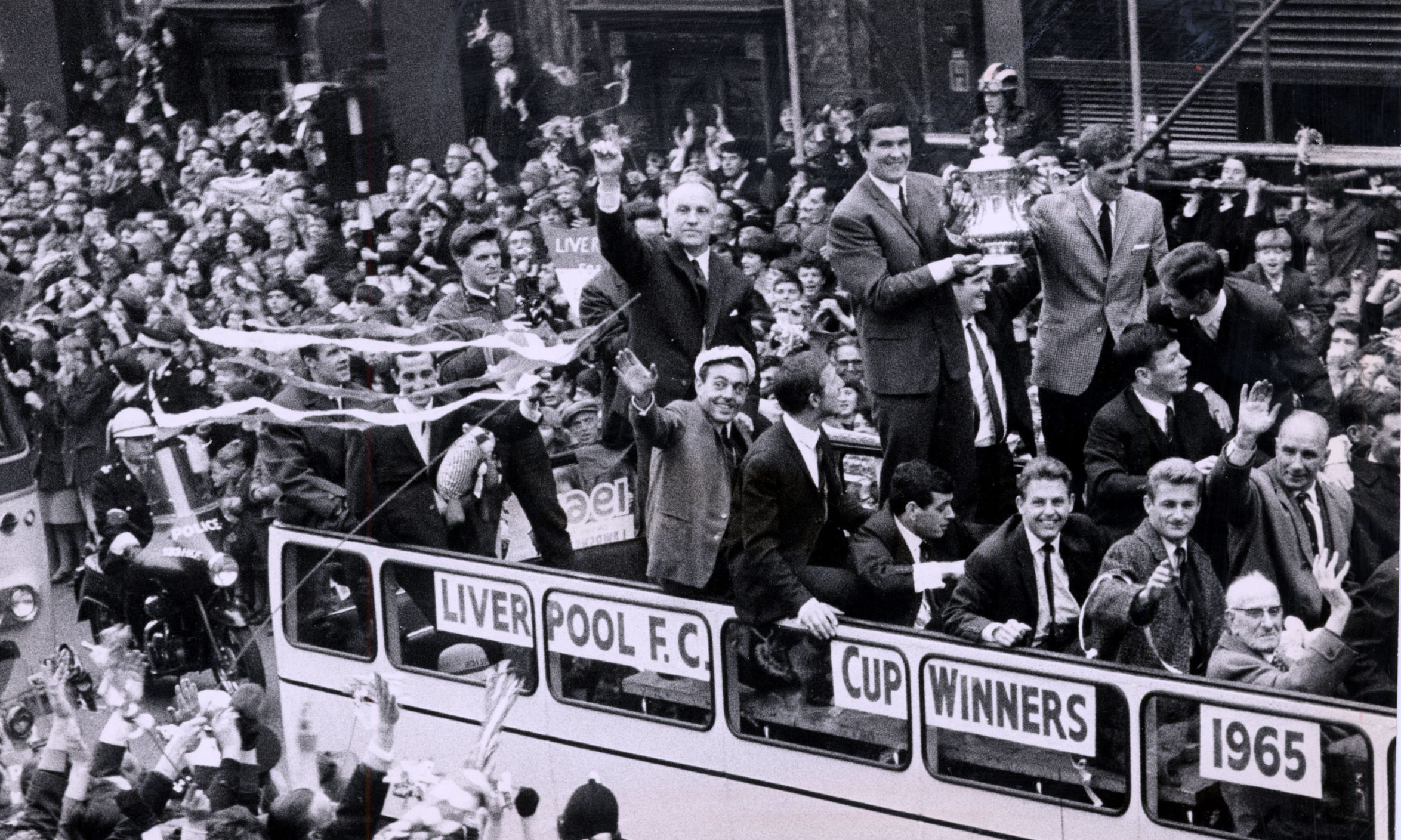
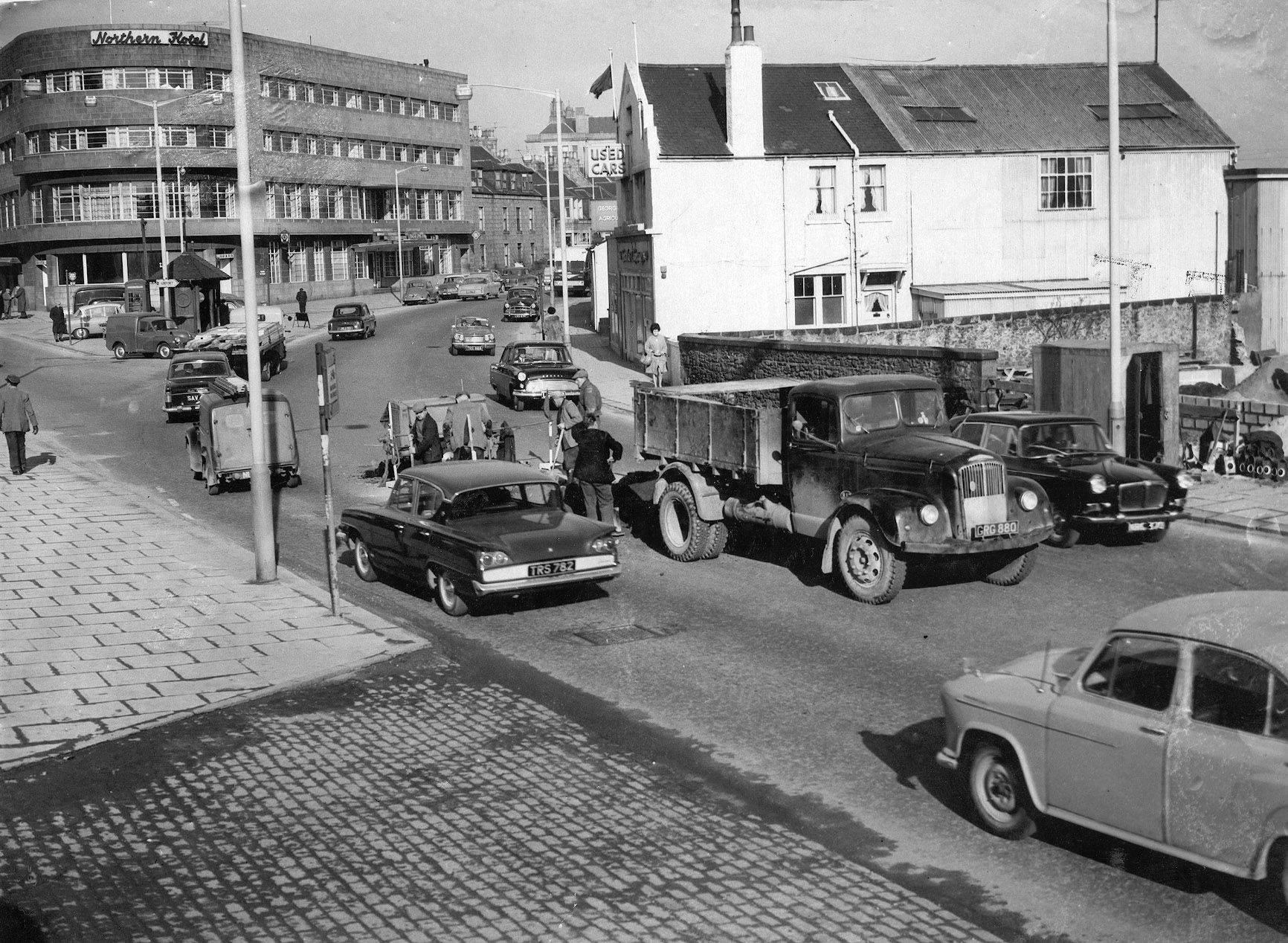
Conversation